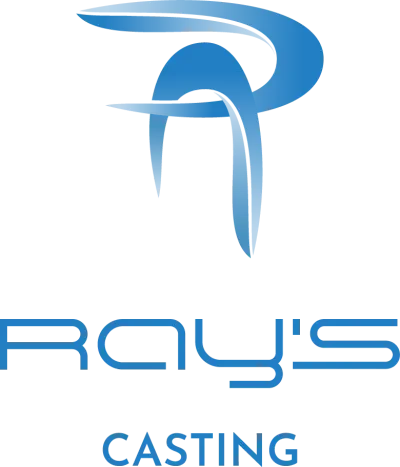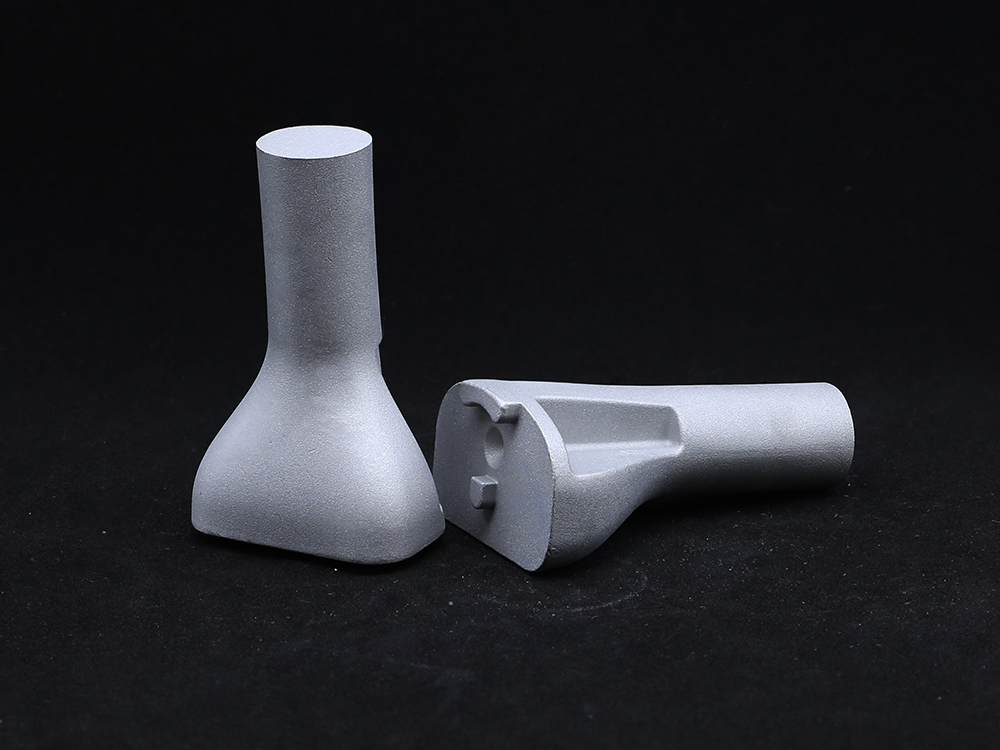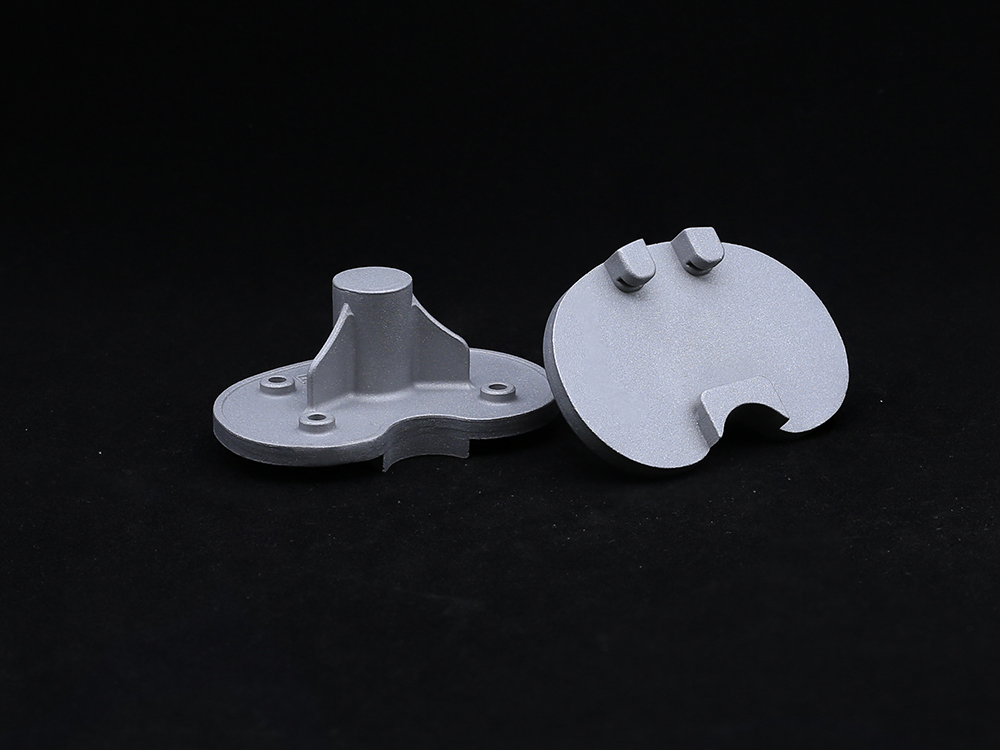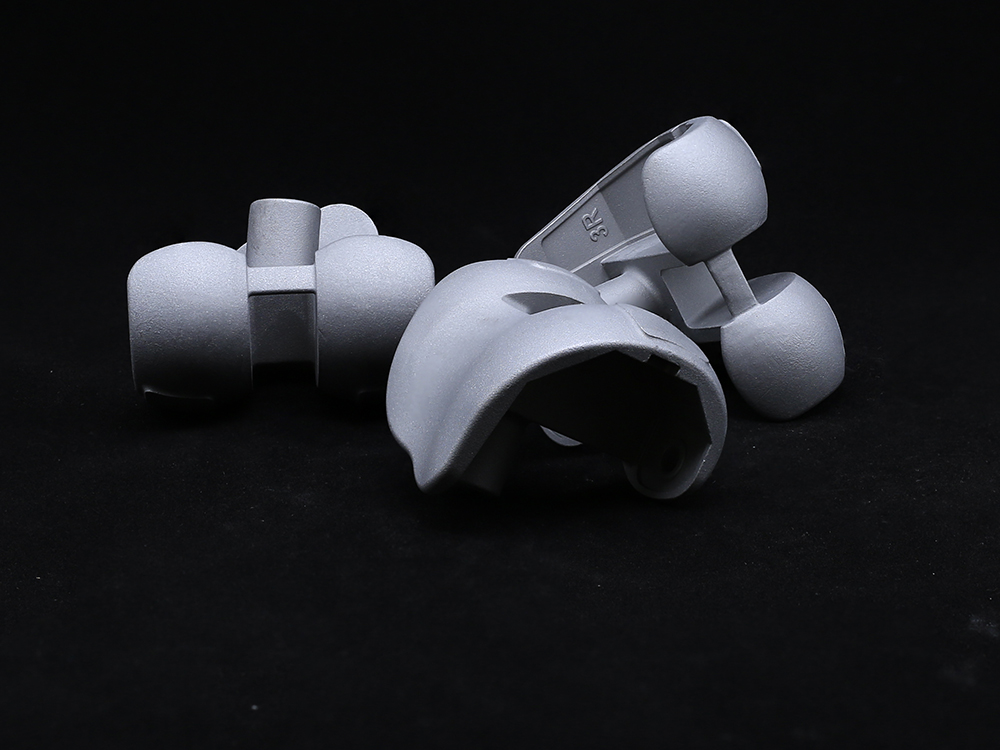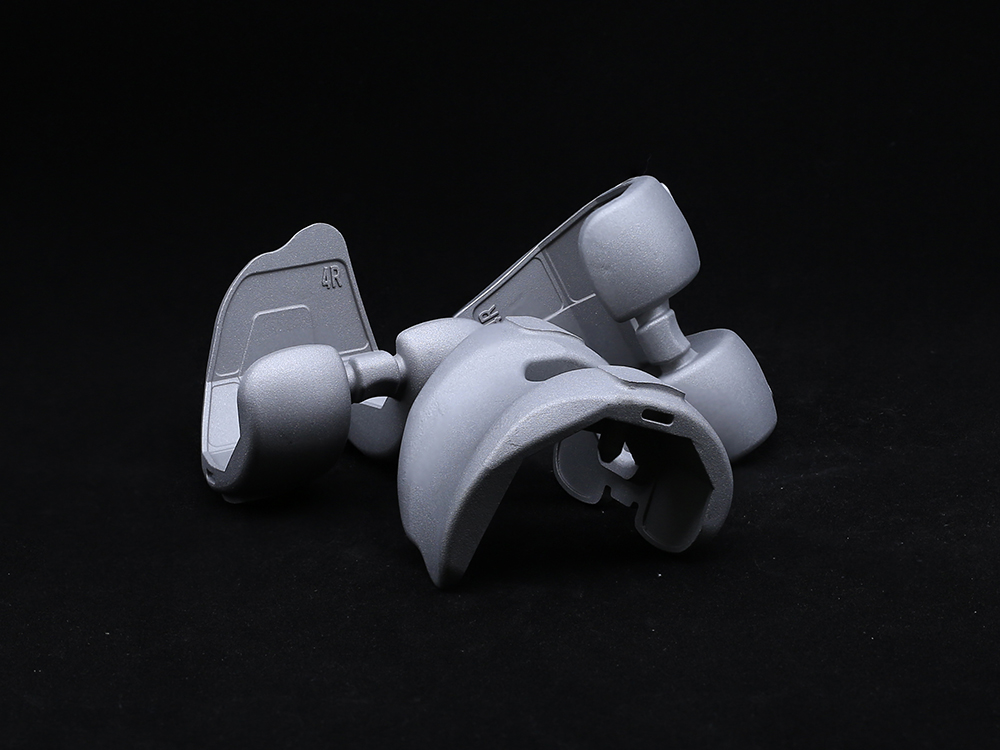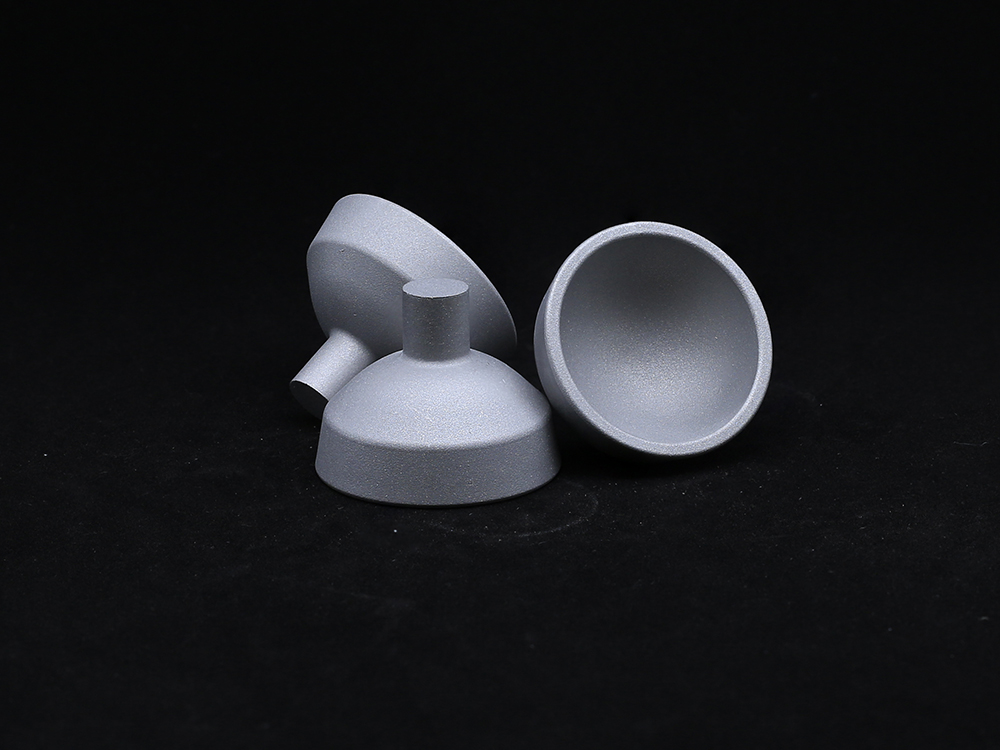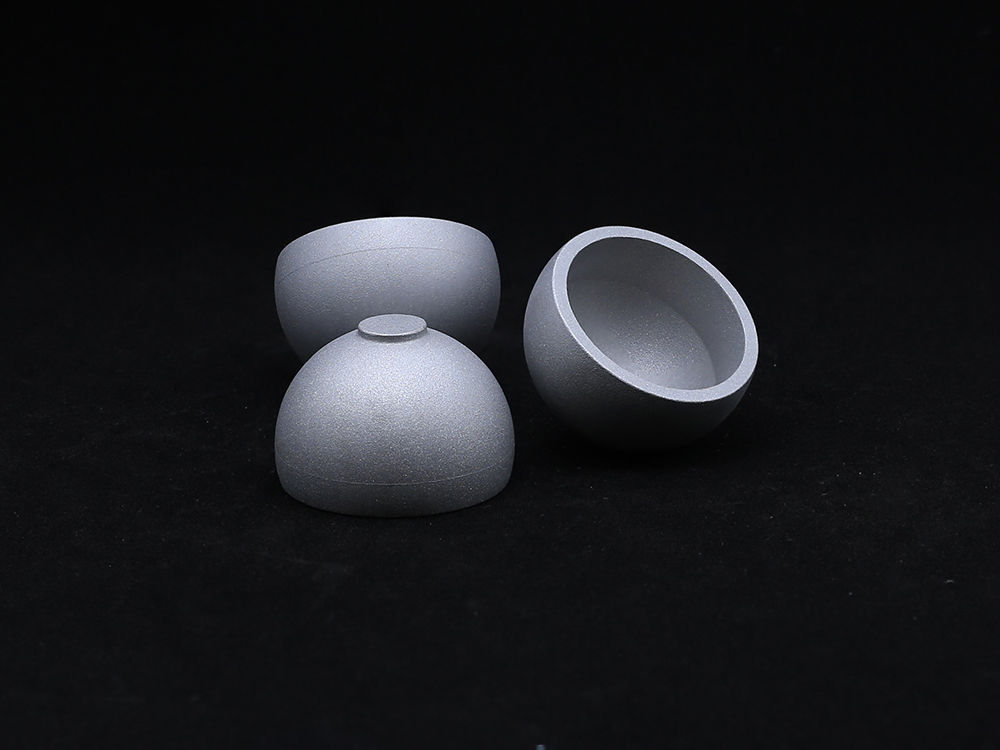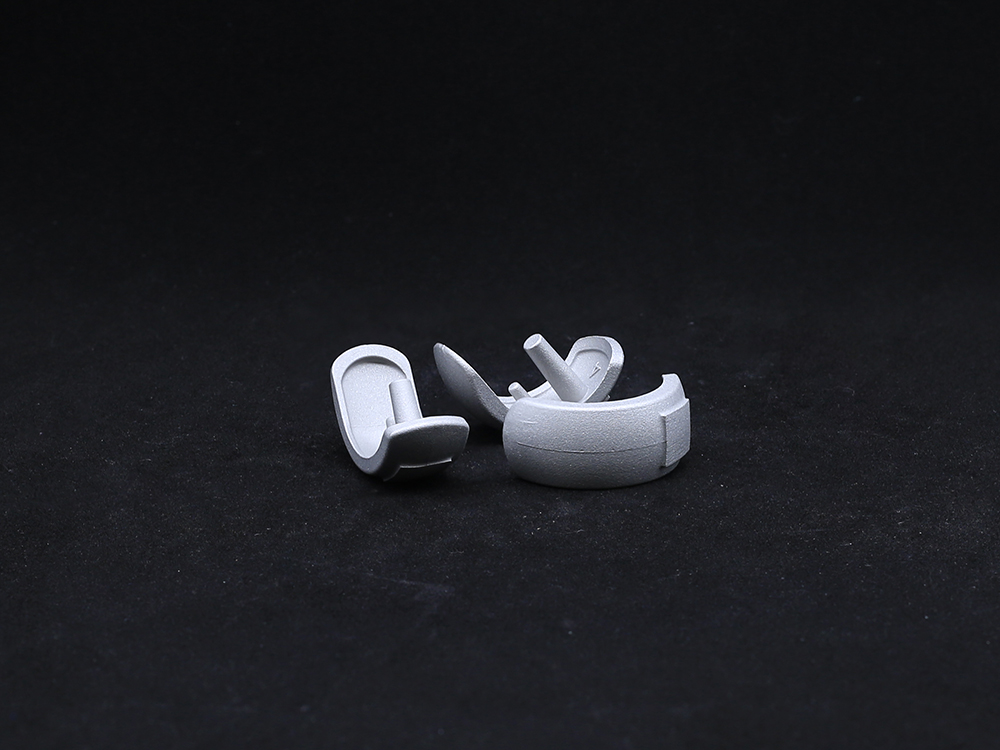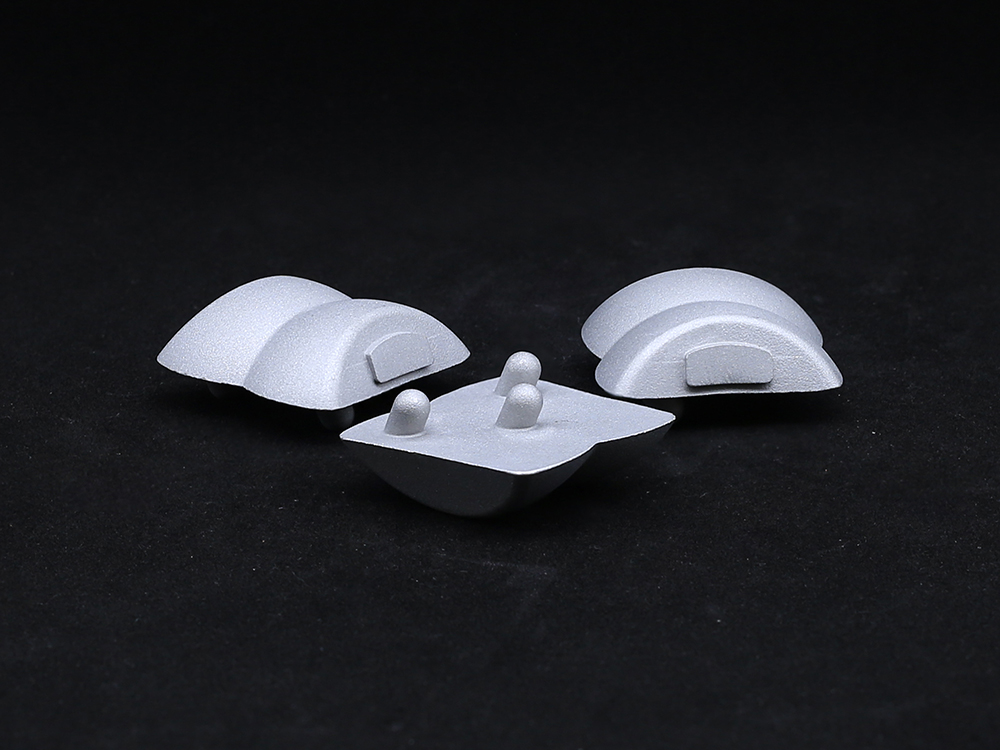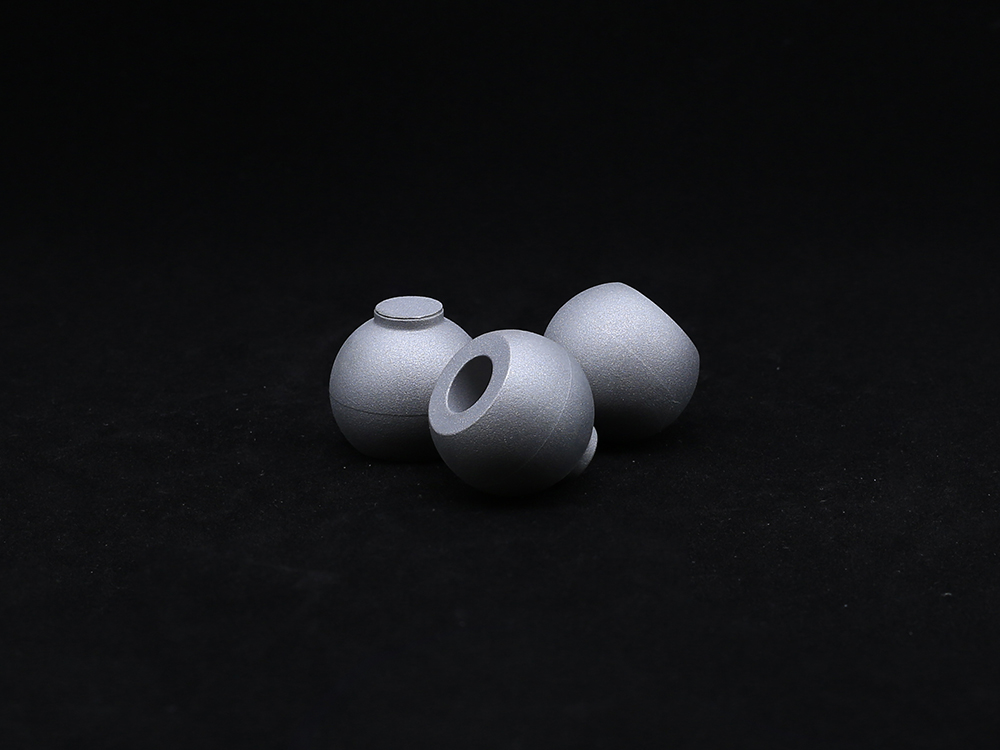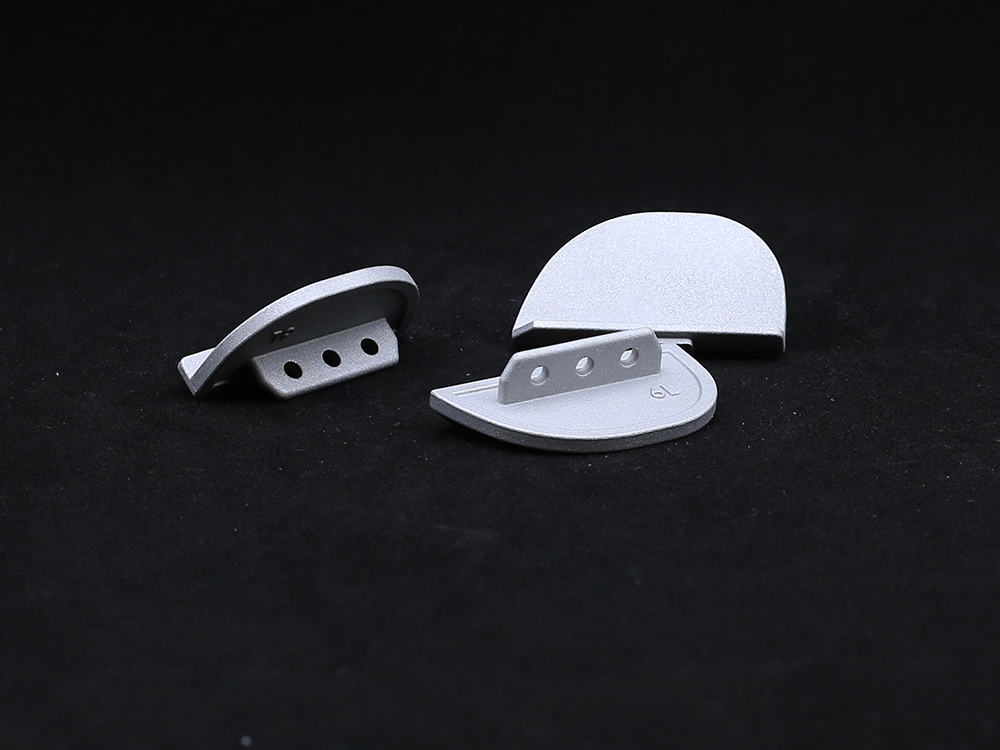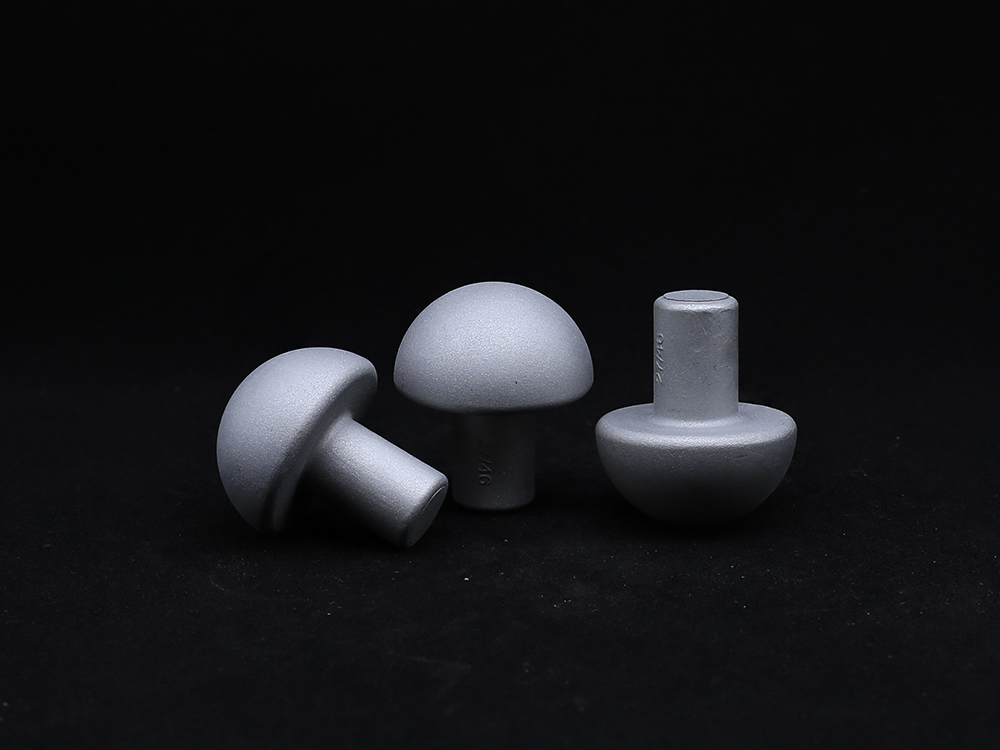Bump Half Platform: Stable Foot Support & Enhanced Cushioning
The Strategic Role of Bump Half Platform in Industrial Operations
In complex industrial ecosystems, every component plays a pivotal role in ensuring operational integrity and efficiency. The Bump Half Platform stands as a critical structural component, often utilized in heavy machinery, foundation support systems, and specialized equipment where precise alignment, vibration dampening, or load distribution is paramount. Its design, characterized by a specific profile that interacts with corresponding components, allows for controlled movement or rigid fixation, thereby enhancing system stability and longevity. This advanced engineering solution is indispensable across various sectors, contributing significantly to improved safety, reduced maintenance costs, and optimized performance in demanding environments. Understanding its intricacies, from material selection to manufacturing precision, is key for B2B decision-makers aiming for unparalleled operational reliability.
The market for highly engineered industrial components like the Bump Half Platform is currently shaped by several converging trends. There's an increasing demand for materials with superior strength-to-weight ratios and enhanced corrosion resistance, driven by the expansion of operations into more aggressive environments such as offshore drilling and chemical processing. Furthermore, the push towards smart manufacturing and Industry 4.0 necessitates components that can withstand higher operational frequencies and greater precision requirements. Predictive maintenance models also underscore the importance of durable, long-life components that minimize downtime and total cost of ownership. These trends collectively elevate the specifications and performance expectations for all critical industrial parts, including this specialized platform.
Precision Manufacturing: The Journey of a Bump Half Platform
The manufacturing of a Bump Half Platform is a meticulous process demanding stringent quality control and advanced engineering techniques. It typically begins with raw material selection, often high-grade alloy steels, ductile iron, or specialized stainless steels, chosen for their mechanical properties, wear resistance, and anti-corrosion capabilities suitable for specific applications. The primary manufacturing process frequently involves advanced casting methods, such as investment casting for intricate geometries and superior surface finish, or sand casting for larger, more robust components requiring significant material volume. These processes are followed by critical heat treatment stages, including annealing, normalizing, or quenching and tempering, to achieve the desired metallurgical properties, enhancing hardness, ductility, and overall mechanical strength.
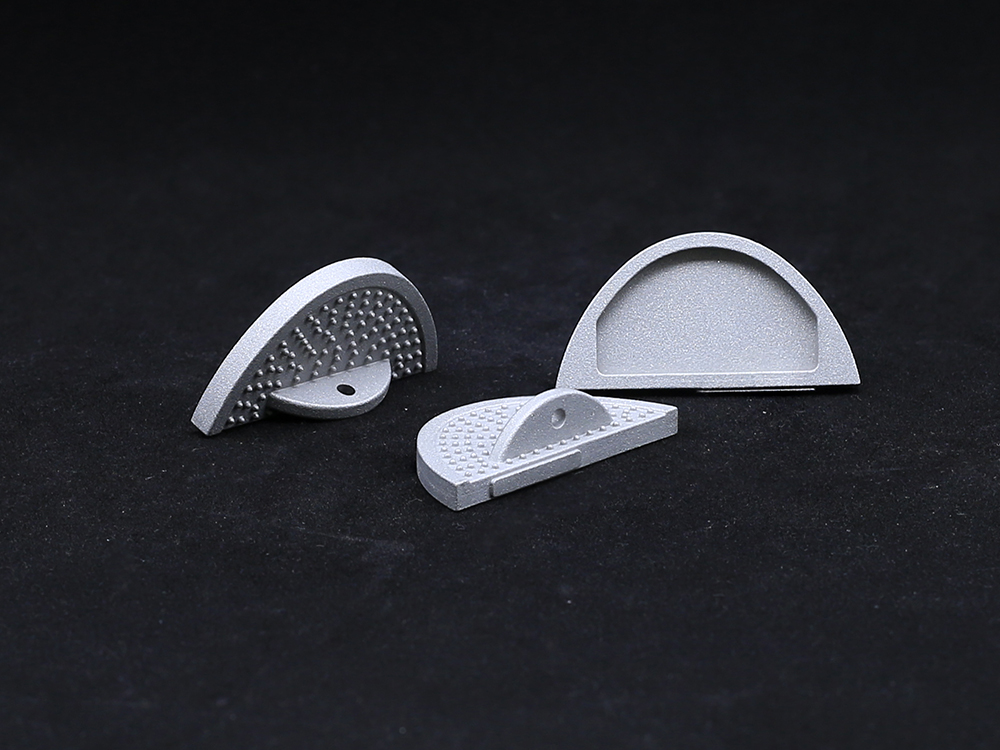
Subsequent to casting and heat treatment, precision CNC machining is employed to achieve the exact dimensions, tight tolerances, and intricate features required for the Bump Half Platform to integrate seamlessly within complex assemblies. This stage ensures critical interfaces meet design specifications, often involving multi-axis milling, grinding, and boring operations. Throughout the entire process, rigorous inspection standards are applied, including non-destructive testing (NDT) such as ultrasonic testing (UT), magnetic particle inspection (MPI), and liquid penetrant inspection (LPI) to detect any internal or surface flaws. Dimensional checks are performed using advanced metrology equipment, ensuring compliance with standards like ISO 2768 for general tolerances and ANSI B16.5 for flange dimensions (if applicable). This multi-stage process guarantees a product with an extended service life, typically exceeding 15-20 years under normal operating conditions, especially in demanding sectors like petrochemicals, metallurgy, and water supply and drainage, where resistance to abrasion, corrosion, and extreme temperatures is crucial.
Technical Specifications and Performance Metrics of Bump Half Platform
The performance of a Bump Half Platform is defined by its precise technical specifications, which dictate its suitability for various industrial applications. These parameters are meticulously engineered to ensure the component performs reliably under specific operational loads and environmental conditions. Below is a representative table outlining typical specifications for a high-quality industrial Bump Half Platform, demonstrating the critical factors that contribute to its robust performance and durability in demanding industrial settings.
| Parameter | Typical Specification Range | Benefits/Relevance |
|---|---|---|
| Material Grade | ASTM A216 WCB (Carbon Steel), ASTM A351 CF8M (316 SS), Ductile Iron (EN-GJS-400-18-LT) | Corrosion resistance, high strength, suitability for various media and temperatures. |
| Max Operating Pressure | Up to 2500 PSI (172 bar) | Ensures structural integrity under significant loads in high-pressure systems. |
| Temperature Range | -40°C to 450°C (-40°F to 842°F) | Maintains performance in extreme thermal environments. |
| Surface Finish | Ra 3.2 µm - Ra 6.3 µm (machined surfaces) | Reduces friction, improves sealing, and prevents material adhesion. |
| Hardness (Brinell) | 180-220 HB (for Carbon Steel), 150-180 HB (for Stainless Steel) | Indicates wear resistance and durability under abrasive conditions. |
| Dimensional Tolerance | ISO 2768-m (medium), or custom specified | Ensures precise fit and interchangeability in complex assemblies. |
| Typical Weight Range | 5 kg - 500 kg (depending on size and material) | Reflects robust construction for heavy-duty applications. |
These detailed specifications are crucial for engineers and procurement specialists to ensure that the selected Bump Half Platform integrates seamlessly and performs optimally within their existing or new systems. Manufacturers often provide comprehensive test data, including material certificates and non-destructive examination reports, to substantiate these claims and assure compliance with international standards, critical for applications requiring high levels of safety and reliability.
Applications and Distinct Advantages of Bump Half Platform
The versatility and robust construction of the Bump Half Platform make it an indispensable component across a multitude of heavy industrial applications. In the petrochemical industry, these platforms are often used in pump bases and compressor skids, providing crucial vibration isolation and precise alignment for high-speed rotating equipment, which directly contributes to energy savings by reducing frictional losses and minimizing wear on bearings and seals. Their exceptional anti-corrosion properties, particularly when manufactured from stainless steel or with specialized coatings, are vital in environments exposed to aggressive chemicals and saltwater, extending the operational life of critical infrastructure.
Within the metallurgy sector, Bump Half Platforms are employed in rolling mills and continuous casting machines, where they support heavy loads and facilitate precise material handling, enduring extreme temperatures and significant dynamic stresses. Their dimensional stability ensures consistent product quality and reduces maintenance interventions. For water supply and drainage systems, especially in large-scale pumping stations or filtration plants, these components provide foundational stability for large pumps and motors, improving their operational efficiency and reducing cavitation-induced wear. The inherent durability and long-term reliability of these platforms translate directly into reduced downtime and lower total cost of ownership for industrial facilities. Many clients have reported a significant increase in equipment uptime and a reduction in unscheduled maintenance events after integrating custom-engineered Bump Half Platform solutions into their operations.
Quality Assurance, Certification, and Customer Support
A commitment to rigorous quality assurance is fundamental for manufacturers of the Bump Half Platform to build and maintain trust in the B2B market. Leading manufacturers adhere strictly to international quality management systems, primarily evidenced by ISO 9001 certification, which governs all stages from design and material procurement to manufacturing, inspection, and delivery. Compliance with industry-specific standards, such as ASME (American Society of Mechanical Engineers) codes for pressure-retaining components or ASTM (American Society for Testing and Materials) standards for material properties, further underscores a manufacturer's authoritative standing. Through years of dedicated service, a reputable provider accumulates a wealth of experience, translating into refined manufacturing processes and a deep understanding of diverse application requirements.
Transparency in operations and robust customer support are cornerstones of trustworthiness. Our comprehensive quality control protocols include full traceability of materials, detailed inspection reports, and certifications for every batch of Bump Half Platform components. We typically offer a standard 2-year limited warranty against manufacturing defects, underscoring our confidence in product durability. Our typical delivery cycle for standard products ranges from 4-6 weeks, with expedited options available for urgent requirements, while custom solutions may require a 8-12 week lead time depending on complexity. Our dedicated technical support team is available to assist with inquiries ranging from installation guidelines and maintenance best practices to troubleshooting and custom design consultations, ensuring continuous operational excellence for our clients.
Frequently Asked Questions (FAQ) about Bump Half Platform
Q1: What industries primarily benefit from the Bump Half Platform?
A1: The Bump Half Platform is widely used across heavy industries including petrochemicals, oil and gas, metallurgy, power generation, mining, and large-scale water treatment facilities. Its robust design and customizable features make it ideal for supporting heavy machinery, providing vibration dampening, and ensuring precise alignment in demanding operational environments.
Q2: Can Bump Half Platform be customized to specific dimensions or material requirements?
A2: Absolutely. Customization is a key aspect of our offering. We work closely with clients to understand their specific application needs, allowing for variations in material grade (e.g., specific alloy steels, stainless steels, or ductile irons), dimensions, surface finishes, and mounting configurations. Our engineering team leverages advanced simulation tools like Finite Element Analysis (FEA) to ensure customized designs meet performance expectations and structural integrity standards before manufacturing begins.
Q3: What are the typical lead times for orders and how is quality assured?
A3: For standard Bump Half Platform products, the lead time is typically 4-6 weeks. Custom-engineered solutions may range from 8-12 weeks depending on complexity and material sourcing. Quality is assured through adherence to ISO 9001 certified processes, multi-stage inspections including NDT and dimensional checks, and comprehensive material certification provided with every shipment. Our commitment to quality ensures long-term reliability and performance in the field.
References
- American Society of Mechanical Engineers (ASME). Boiler and Pressure Vessel Code.
- International Organization for Standardization (ISO). ISO 9001: Quality Management Systems – Requirements.
- American Society for Testing and Materials (ASTM). Various Material Standards for Ferrous and Nonferrous Metals.
- Metals Handbook Desk Edition. ASM International.
Get a Custom Solution!
Contact Us To Provide You With More Professional Services
